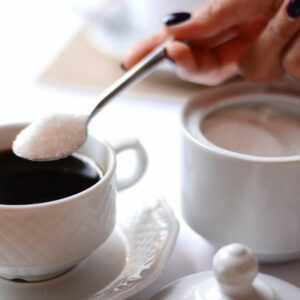
Health
6 signs of excessive sugar intake and associated health risks
Consuming excessive amounts of sugar can lead to a number of critical health risks. Despite being subtle, there are numerous significant signs that reveal the nasty consequences of high blood sugar. From frequent colds to mood swings and dental problems, these warning signals shed light on the often underestimated health hazards associated with a nutritional regime high in sugar. This article discusses the signs of excessive sugar intake and the associated risks. Keep reading to learn more. Signs of excessive sugar intake Here are some of the ways in which one can ascertain that they consume excessive amounts of sugar regularly: Increased thirst Sugar draws water from body cells. Over a period of time, this causes dehydration in individuals. Apart from that, some of the other similar signs are heightened thirst and more frequent urination. Fatigue Sugar leads to rapid blood sugar spikes and crashes, resulting in energy fluctuations and persistent fatigue. This is why, when individuals consume sugary drinks or foods, they feel a rush of euphoria for a few moments but then feel tired right after that. If an individual feels perpetually fatigued, then they should get their blood sugar checked. Frequent colds Consuming meals high in sugar can negatively impact the immune system, thereby increasing the likelihood of contracting illnesses such as colds or the flu.












